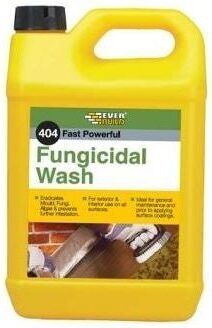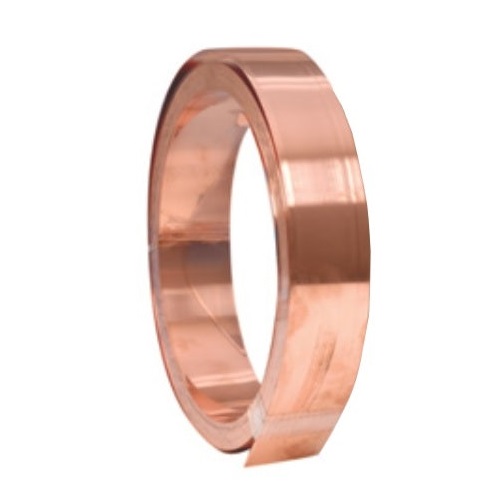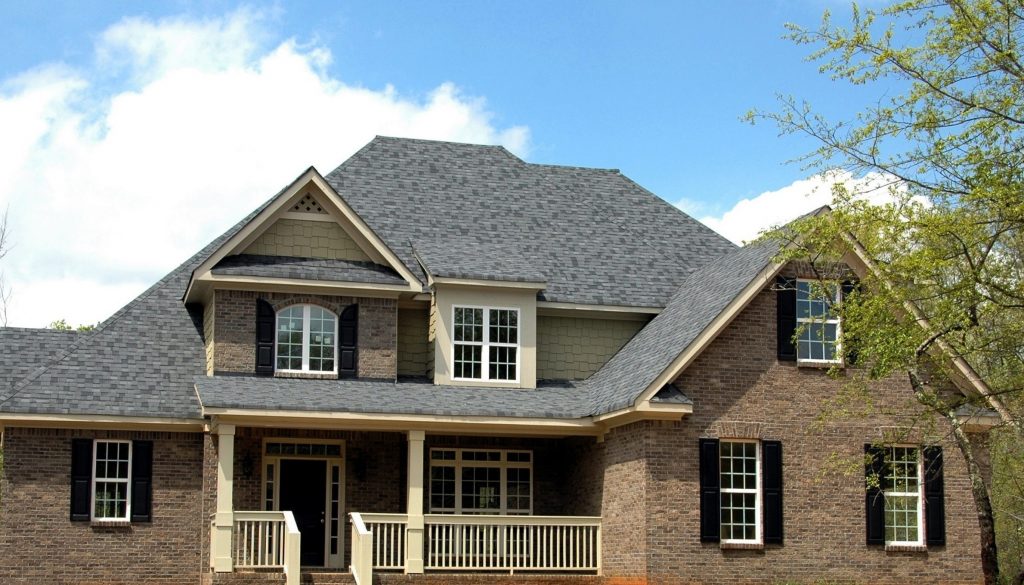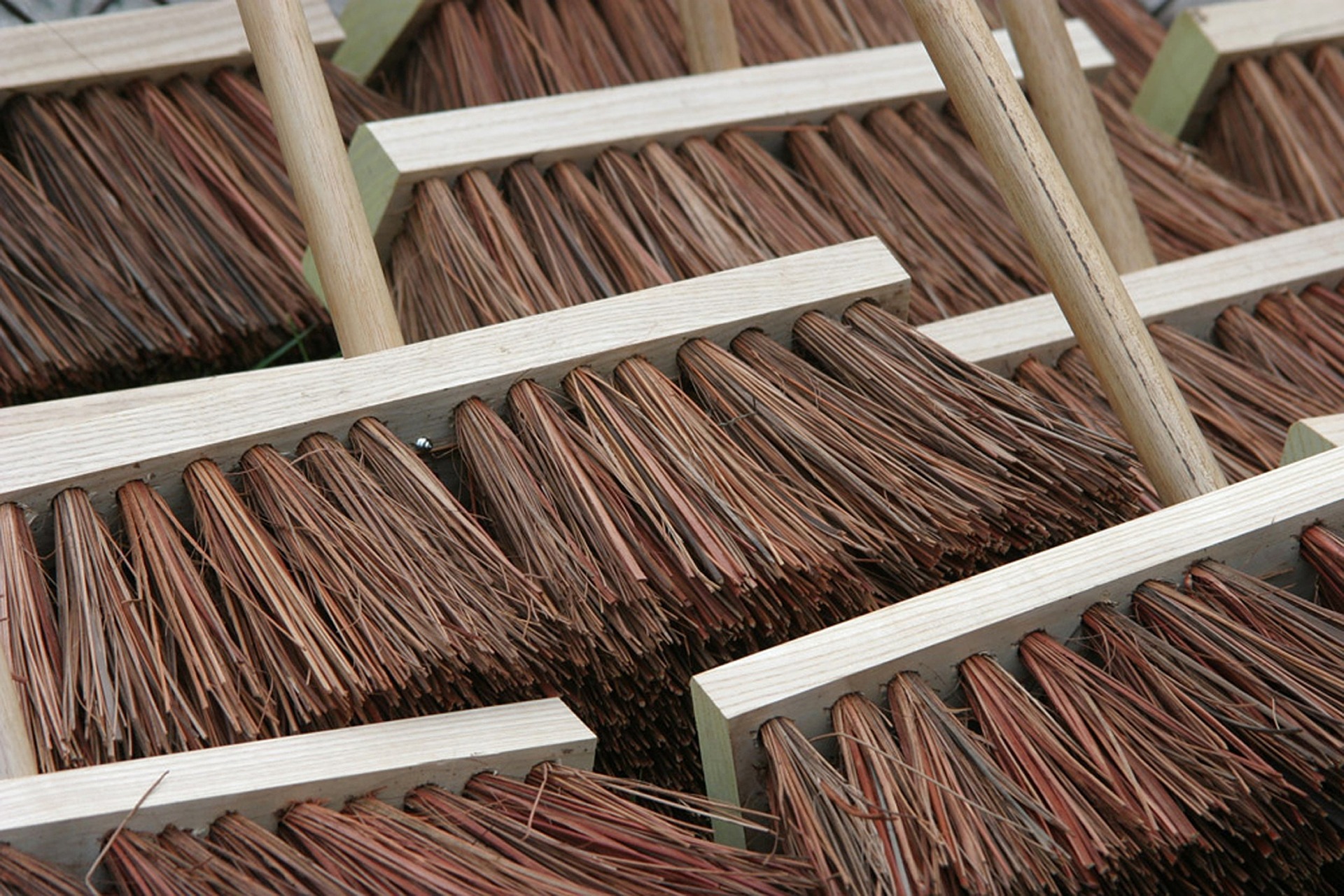Moss is a nightmare for roofing. If left to thrive, the moss on a roof can lead to long-term roofing problems like leaks, blocked drains and more. So it’s important to remove the moss as quickly as possible.
Removing the moss will help prevent the build-up of moisture that can lead to potential weaknesses within the roof structure. It will also help prevent any blockages to your drainage system. So, how do you approach moss removal from a roof without damaging the shingles? Let’s find out.
Table of contents
- Never use a pressure washer
- Use a stiff brush and trowel
- Moss removal chemicals
- Zinc and copper strips
Never use a pressure washer
The worst way to remove moss is to use a pressure washer – this will remove moss from your roof without a doubt, but it is the fastest way to cause damage to your roof shingles as the force can break them, increase weaknesses and strip the surface granules from your tiles. Additionally, if there are any weaknesses or leaks the pressure washer can cause flooding to the loft space.
Use a stiff brush and trowel
A simple and cost-effective way of removing moss is to manually scrape the moss from your roof using a stiff long-handled brush, and a trowel. Best done on a dry day, it can be done by the homeowner if they are confident in accessing the roof or get a professional in.
 Moss removal chemicals
Moss removal chemicals
An alternative to manually removing the moss with a brush and trowel is to use chemicals. There is a range of chemicals to use on your roof to kill any moss, and the benefit of using a chemical is that it will remove all of the smaller moss spores that you can’t necessarily see and any moss that is beneath the tiles.
How to use moss removal chemicals
Before applying the chemicals, you must remove most of the moss first using a brush or trowel, as aforementioned.
Then place covers over any plants, patios or furniture. The chemicals used to treat moss and fungi are very strong and poisonous to plant life, so it’s vital to try to prevent it from spreading or coming into contact with other surfaces.
The best way to apply the chemical is by using a sprayer, as long as you ensure it does not come into contact with other surfaces. Apply as per the instructions on the package, and then leave to dry. Some chemicals require you to wash off any excess after, but be aware of the potential risks involved when the water drains off.
The benefit of using a chemical is that it will prevent moss from growing for longer than just removing it by hand. Take a look at our range of moss removal products.
 Zinc and copper strips
Zinc and copper strips
Another option for removing moss without damaging the roof shingles is to use zinc or copper strips. These are long strips of metal that are installed below the ridges of roofs and are at their most effective when installed on a new roof before moss and algae have had the opportunity to grow because it makes the roof an inhabitable area, but they can also be retrofitted to remove moss and algae as well as preventing future growth.
How do zinc or copper strips work?
They are fitted at the top of the roof. So, when it rains, the rain absorbs metal particles from the metal strip and carries them down over the moss as the rain runs down the roof. The metal particles poison the moss, algae and other plant life growing on your roof. So the moss will wither and die over time, falling off your roof. It will also mean that new moss and algae will not grow due to the poisonous particles deposited over your roof from the zinc strips.
How to fit zinc or copper strips
Zinc or copper strips should be fitted under the shingles that cap the roof ridge, with at least an inch or two exposed below. Remember that before you fit the metal strips, you should remove any existing moss or algae growth. You can do this with a stiff brush or purchase a moss-removing chemical, but if you aren’t confident going up onto the roof, ask a professional. It’s important not to use a pressure washer to remove the moss because it can damage the roof shingles.
Tips for installing zinc or copper strips
When installing the metal strip, it’s crucial that you do not use nails to hold it in place. Nails will cause leakage when rain drips down along the nail and through the roof structure. It’s also essential to ensure the zinc or copper strips are lying thin and as close to the roof as possible, to prevent warping. When warping occurs, the area of the roof beneath it does not get treated by the strips because instead of running directly down the roof, it runs along the strip to a less warped area.

Whichever method you choose, it’s important to look at other factors that cause moss growth and try to remove these. For example, trimming overhanging trees and bushes will remove shade that moss needs to grow. Moving any satellite dishes to areas that won’t create shade is also a good action. The more sunlight your roof is exposed to, the less shade and moisture will be present. As a result, moss is less likely going to grow.
















